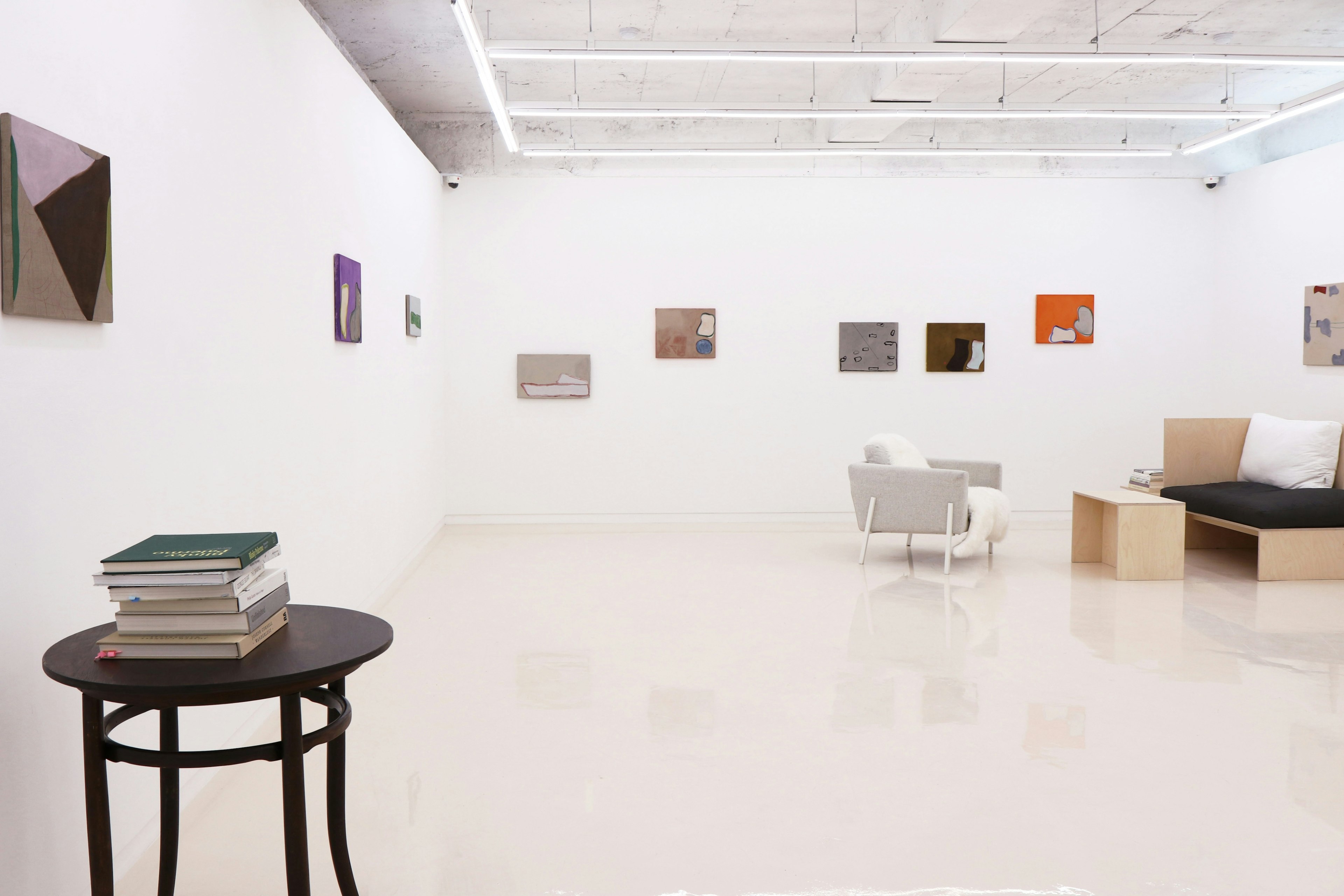2025 - February 8th to March 28th - CABINET
Historically, the cabinet is a private, multifunctional room in European aristocratic and royal households from the Renaissance to the 18th century. It served as a sanctuary for intellectual pursuits, personal reflection, and private meetings. It was also where books and objects reflecting the owner's interests and tastes were displayed. Eventually, it evolved into the Cabinet of Curiosities, a room displaying rare objects, scientific instruments, and art collections, and became the early museum model. The term cabinet survives in political language, reflecting its historical association with private deliberation, which means an exclusive advisory group to a head of state.
Cabinet is also the name of Patrick Michael Fitzgerald's invitational writing project. For this project, writers, artists, and thinkers have been invited to write a text on a specific drawing or painting, which will eventually be published as a book. I was also invited to write, and here are my responses in two different mediums: a special exhibition of his and a piece of writing as others did.
I was pleasantly surprised when I first encountered the Cabinet project on his website. It reminded me of how traditional Korean scholars engaged with art and calligraphy, often through collaborative reviews. For instance, Chusa Kim Jeong-hee’s drawing Sehan-do measures 70.4 cm by 23.9 cm, yet its full length, including reviews by 16 Chinese and 4 Korean writers, stretches to 15 meters. This underscores the idea that a work of art is ever-evolving, shaped by the eyes of the viewers. Through his project, Fitzgerald similarly highlights “the multiple lives an artwork can have through the gaze of others.”
The exhibition title, Cabinet, refers to Fitzgerald’s own cabinet—both a physical and mental space. It merges the traditional concept of a cabinet as a place of private curation with the idea of a creative space of a contemporary artist. The music Fitzgerald listens to, the books he reads, and the artists he admires form the foundation of his work while also creating a cabinet-like space that viewers could walk into. This exhibition invites viewers to experience Fitzgerald's paintings alongside other artists’ works of various genres and forms that share an intrinsic connection— as in Wittgenstein’s notion of family resemblance— to his artistic vision. For a single work of art to be created, the whole universe is at work where the minds of great creators converge, and through Fitzgerald's cabinet, we, too, join that universe.
© Extract from exhibition text by Mimi Park, gallery director and curator.









